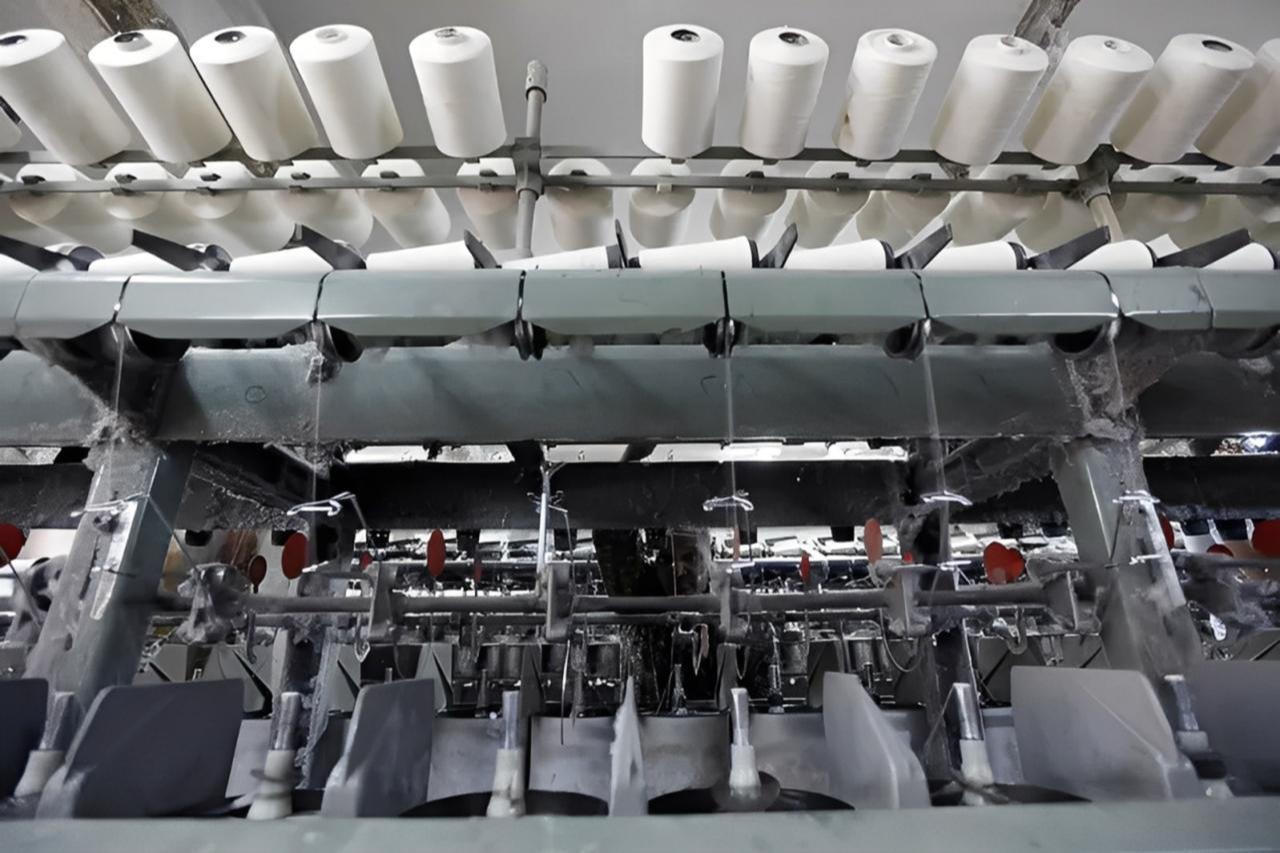
For years, Türkiye’s textile industry thrived on competitive pricing, deep supply chains, and a skilled workforce. That formula is now under strain. Manufacturers in key provinces report that rising costs and currency volatility are undermining production, while international brands are increasingly shifting orders to cheaper locations such as Egypt.
The economics of the sector explains part of this contraction, yet the position of labor strategy reveals a deeper structural issue, as it is built on intensive labor rather than long-term resilience.
The sector’s reliance on precarious employment, particularly of women, has created fragilities that no longer fit expectations of sustainability.
A new BIRTEK-SEN (Textile Workers’ Union) report on women workers in Southeastern Anatolia captures this turning point.
Drawing on accounts from 30 factories supplying well-known brands, the findings show how low wages, excessive hours, and the suppression of women’s voices have become defining features of the sector.
The garment industry’s low-cost advantage depends heavily on women. Production hubs such as Adana, Malatya, Şanlıurfa, Adıyaman, and Gaziantep rely on a female workforce that delivers the flexibility and speed demanded by global supply chains.
This dependence comes with entrenched vulnerabilities. Many women navigate unstable conditions, limited bargaining power and work environments shaped by the pace of fast fashion. Efficiency and responsiveness are emphasized at the expense of safety, income security and workplace dignity.
As global demand accelerates, the contrast between consumer-facing brand narratives and the realities on factory floors becomes more evident, offering a clearer picture of why the current production model is reaching its limits.
Most women interviewed report monthly net earnings around a legal minimum wage, which is well below the official poverty line for a four-person household. The cost of living in earthquake-affected provinces has also risen sharply, heightening financial stress for workers already operating at the edge of survival amid a poor options environment in terms of jobs.
The report finds significant inconsistencies in pay, even among workers producing identical items for the same brand. Inspection mechanisms often overlook these discrepancies, leading to a situation in which the minimum wage functions not as a floor but as the effective upper limit across factories.
These wage dynamics illustrate how the industry’s competitive edge has narrowed to the point of erasing distinctions in skill, responsibility, or productivity. For many women, the notion of upward mobility has all but disappeared.

Excessive working hours form another critical pressure point. Regular shifts average 12 hours, while periods of high demand stretch into 36-hour cycles. Some women report sleeping briefly inside the factory to avoid losing time commuting home.
Overtime often operates under coercion. More than 60% say they are compelled to stay, facing pressure, threats, or punitive behavior if they attempt to leave. These conditions disrupt rest, caregiving duties, and any semblance of a balanced life outside the factory.
A portion of overtime wages is reportedly paid informally, weakening future pension rights and blurring accountability. The post-earthquake environment has deepened these issues, making refusal increasingly risky and reinforcing a climate of silent compliance.
Global brands routinely highlight their commitments to sustainable, green and ethical production, yet the report shows how these standards weaken as they move down the supply chain. Protective gear is distributed only during audit periods, and selected workers are coached in advance for meetings with inspectors.
Two-thirds of women say they have experienced at least one workplace accident.
Cleanups and temporary adjustments before inspections create an appearance of compliance without addressing underlying risks.
This pattern mirrors challenges seen in other sectors where audits become procedural rather than corrective. The result is a system where critical issues, ranging from safety lapses to excessive work hours, remain largely unaddressed.
According to the report, gender-based discrimination forms a significant part of the experience for women workers.
Reports of harassment, invasive searches and unequal treatment indicate workplace cultures where women’s concerns are minimized or dismissed.
Complaint mechanisms rarely function effectively. Fear of retaliation or skepticism about outcomes discourages many from reporting, while inadequate transport options for late shifts add additional layers of insecurity. It is also noted that even restroom access is regulated, with menstruation-related needs sometimes turned into a point of pressure.
Childcare obligations further complicate participation in the labor force. Many factories keep the number of female employees below the legal threshold required to open on-site childcare facilities, placing the care burden entirely on families. This reinforces the double shift of factory labor and unpaid domestic work.
The authors emphasize that the state policies must move beyond investor-focused incentives and incorporate labor rights as a central component of industrial support.
Without such recalibration, the competitive model will remain trapped in a cycle of low wages and declining productivity.